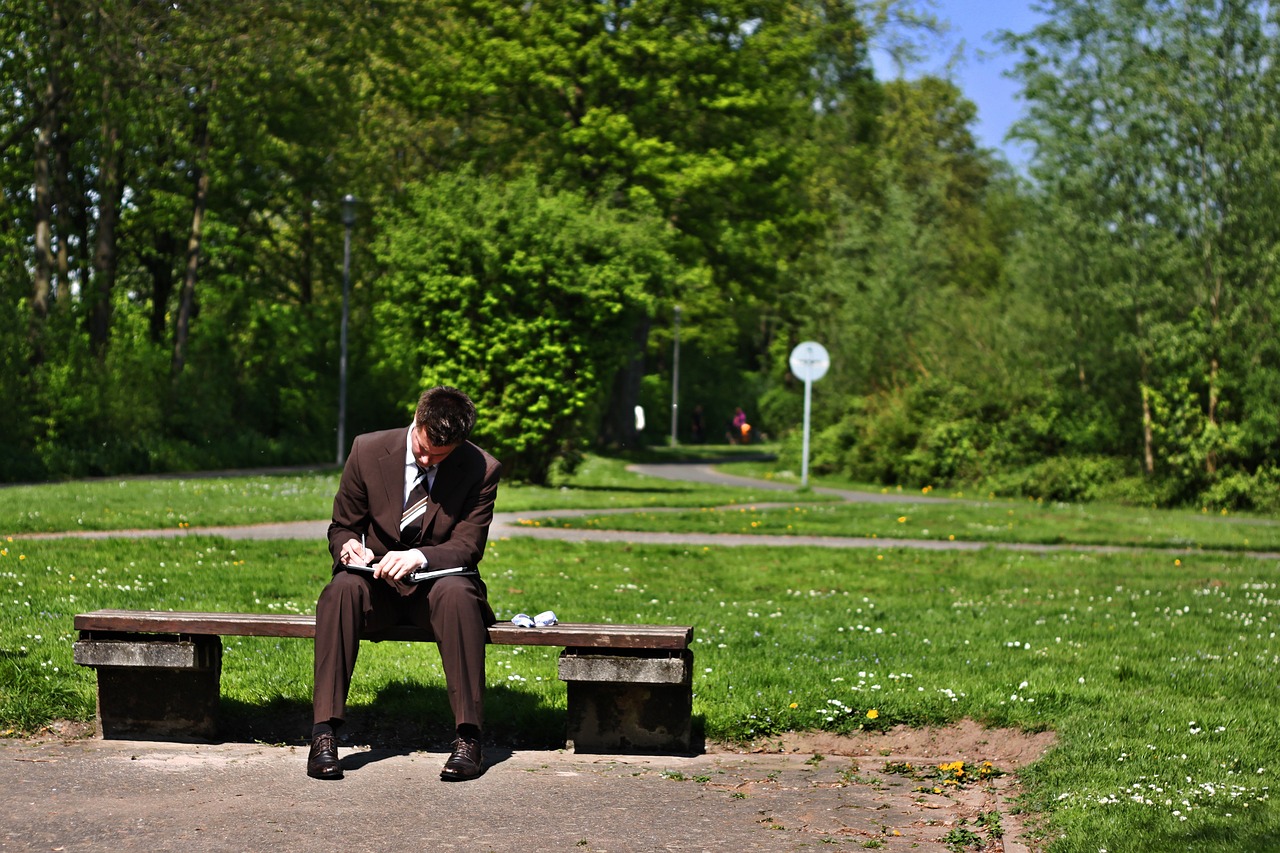How to enhance sustainable behavior of employees?


Marie Claeys explores how companies can contribute to sustainability through the use of sustainability controls. Sustainability controls are controls implemented by the company to ensure a company’s sustainability initiatives align with its sustainability strategy and ensure that employees are motivated to behave more sustainably.
In previous research, the concept of sustainability controls has not yet received the attention it deserves. Claeys aims to fill this gap by focusing on two specific sustainability controls: a sustainable mission statement and internal sustainability communication. Moreover, she explores how these two controls interact with each other. Both the individual and combined effect of the two sustainability controls on sustainable behavior among employees is explored.
Why focus on employees?
Employees are a group of key stakeholders within a company. Therefore they play an important role in achieving sustainability goals. Employee sustainable behavior can contribute significantly to the company's overall sustainability efforts. Additionally, sustainability can be a guideline to help employees achieve meaning at work. When organizations integrate sustainability practices into their operations and clearly communicate their sustainability objectives, employees are more likely to embrace sustainable behavior, because they perceive their contributions as a part of a greater purpose.
The individual effects of the sustainability controls
The individual effects of statement and internal sustainability communication on employee behavior form These two sustainability controls are facilitators of employee sustainable-oriented behavior.
Hypothesis 1: A sustainable mission statement increases employee sustainable-oriented behavior to a larger extent compared to a non-sustainable mission statement.
Hypothesis 2: Strong internal sustainability communication increases employee sustainable-oriented behavior to a larger extent compared to weak internal sustainability communication.

Picture: Pascal Wiemers via Pixabay
The first sustainability control, a sustainable mission statement, informs employees about the company’s sustainability goals. Employees that identify themselves with the sustainability mission are more likely to engage in sustainable behavior. Think of this as the company's mission statement saying, "We're committed to being environmentally and socially responsible." When employees can relate to this statement and feel a connection to the company's sustainability goals, it motivates them to act in ways that support these goals. In essence, a strong and clear mission sustainable mission statement can drive employees to embrace sustainable behaviors.
It makes sense that a sustainable mission statement increases sustainable behavior more than a non-sustainable mission. To illustrate this, compare the two mission statements below:
"Our mission is to provide everyone with a unique shower experience by offering an extensive range of products that suit their hygiene needs.”
"Our mission is to provide everyone with an environmentally conscious and sustainable shower experience by cultivating plastic-free showering and offering an affordable alternative for plastic bottles in the bathroom."
The first mission statement does not contain a sustainability purpose that motivates employees to perform sustainable behavior, the second one does.
Second, internal sustainability communication is all about how a company presents its sustainability initiatives to its employees. When a company communicates its dedication to being sustainable and why it’s important, it can encourage employees to behave in a sustainable way. In simpler terms, effective communication about sustainability can inspire employees to make such as coming to work by bike, recycling etc.
Sustainable behavior depends on the strength of internal sustainability communication. Internal communication can be strong or weak. Strong internal sustainability communication increases the comprehension of a company’s sustainability philosophy, resulting in more sustainable behavior among employees. On the contrary, weak internal sustainability contributes to employees’ disengagement with sustainability, resulting in less sustainable behavior.
The combination of the two sustainability controls
An essential aspect of Claeys’ study is the interaction between internal sustainability communication and a sustainable mission statement. This interaction increases the impact of sustainability controls on sustainable employee behavior. A sustainable mission statement serves as a powerful tool to guide sustainability communication and strengthens the relationship between the organization and its employees. The combined effect of the two sustainability controls on sustainable behavior of employees forms the third hypothesis.
Hypothesis 3: The effect of internal sustainability communication on employee sustainable-oriented behavior is stronger when a sustainable mission statement is implemented versus a non-sustainable mission statement.

Picture: Sarah Richter via Pixabay
Thrilling results!
To test the three hypotheses, Marie Claeys did an experiment using a survey that was distributed online to students from different colleges and universities. Students are unaffected by the experience of working in an organization. The students were randomly assigned to one of four scenarios. At the beginning of each scenario, students were told to imagine themselves as an employee in the marketing team of a fictitious company that produces a wide range of bath and shower gels, shower oils and soap bars. In all conditions, the employee had a meeting with the marketing manager in which a new sustainability initiative was announced. At the end of the meeting, the company's mission statement was communicated. The content of the scenario depended on the condition they were assigned to. The students received strong or weak internal sustainability communication and read a sustainable or a non-sustainable mission statement:
- Condition 1: weak internal sustainability communication and a non-sustainable mission statement
- Condition 2: weak internal sustainability communication and a sustainable mission statement
- Condition 3: strong internal sustainability communication and a non-sustainable mission statement
- Condition 4: strong internal sustainability communication and a sustainable mission statement
After reading the scenarios, Claeys asked the students to indicate their amount of sustainable behavior using multiple questions. In this way, the effects of internal sustainability communication (strong or weak) and a mission statement (sustainable or non-sustainable) on sustainable behavior could be shown.
The results provided substantial support for the three hypotheses. First, strong internal sustainability communication had a larger impact on employee sustainable behavior compared to weak communication. Second, a sustainable mission statement was found to have a larger effect on employee sustainable behavior than a non-sustainable one. Third, the combination of internal sustainability communication with a sustainable mission statement had the most substantial effect on employee sustainable-oriented behavior compared to a non-sustainable mission statement.
Paving the (green) way
Marie Claeys contributed significantly to the field of sustainability controls and CSR with her research, as she addresses the need for a deeper understanding of the interaction between sustainability controls. She also recognizes the importance of both internal sustainability communication and a sustainable mission statement. Furthermore, she widens the scope of stakeholder groups, focusing on employees instead of shareholders. Using a survey-based experimental approach, Claeys also provides insights into the future of sustainability awareness in the workplace, with students serving as a sample for the experiment.
In conclusion, Claeys emphasizes the importance of integrating sustainability controls into an organization's management system and how these controls, individually or combined, can significantly influence employee behavior toward sustainability. By focusing on internal sustainability communication and a sustainable mission statement, she sheds light on the path toward a more sustainable and responsible corporate future.
